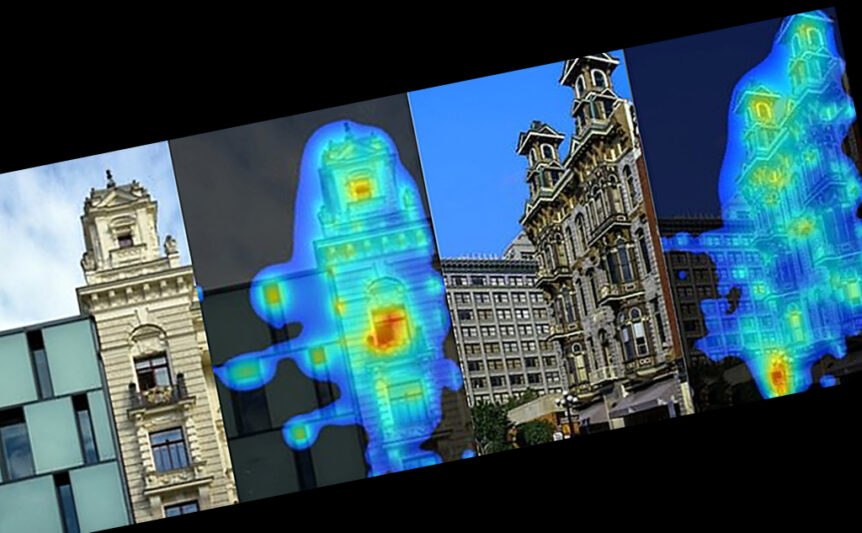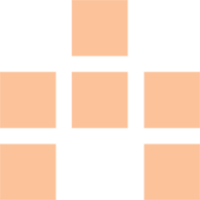
Visual Attention Software: See the Subliminal
CLICK HERE FOR THE WHOLE ARTICLE
Eye-tracking technology is a biometric tool that has found many commercial and research applications. The recent advent of affordable wearable sensors has considerably expanded the range of these possibilities to fields such as computer gaming, education, entertainment, health, neuromarketing, psychology, etc. The Visual Attention Software by 3M (3M-VAS) is an artificial intelligence application that was formulated using experimental data from eye-tracking. It can be used to predict viewer reactions to images, generating fixation point probability maps and fixation point sequence estimations, thus revealing pre-attentive processing of visual stimuli with a very high degree of accuracy. We have used 3M-VAS software in an innovative implementation to analyze images of different buildings, either in their original state or photographically manipulated, as well as various geometric patterns. The software not only reveals non-obvious fixation points, but also overall relative design coherence, a key element of Christopher Alexander’s theory of geometrical order. A more evenly distributed field of attention seen in some structures contrasts with other buildings being ignored, those showing instead unconnected points of splintered attention. Our findings are non-intuitive and surprising. We link these results to both Alexander’s theory and Neuroscience, identify potential pitfalls in the software’s use, and also suggest ways to avoid them.
Alexandros A. Lavdas
Eurac Research, Institute for Biomedicine, Affiliated Institute of the University of Lübeck, Via Galvani 31, 39100 Bolzano, Italy
Nikos A. Salingaros
Department of Mathematics and Architecture, The University of Texas, San Antonio, TX 78249, USA
Ann Sussman
The Human Architecture & Planning Institute, Inc., 43 Bradford St., Concord, MA 01742, USA
